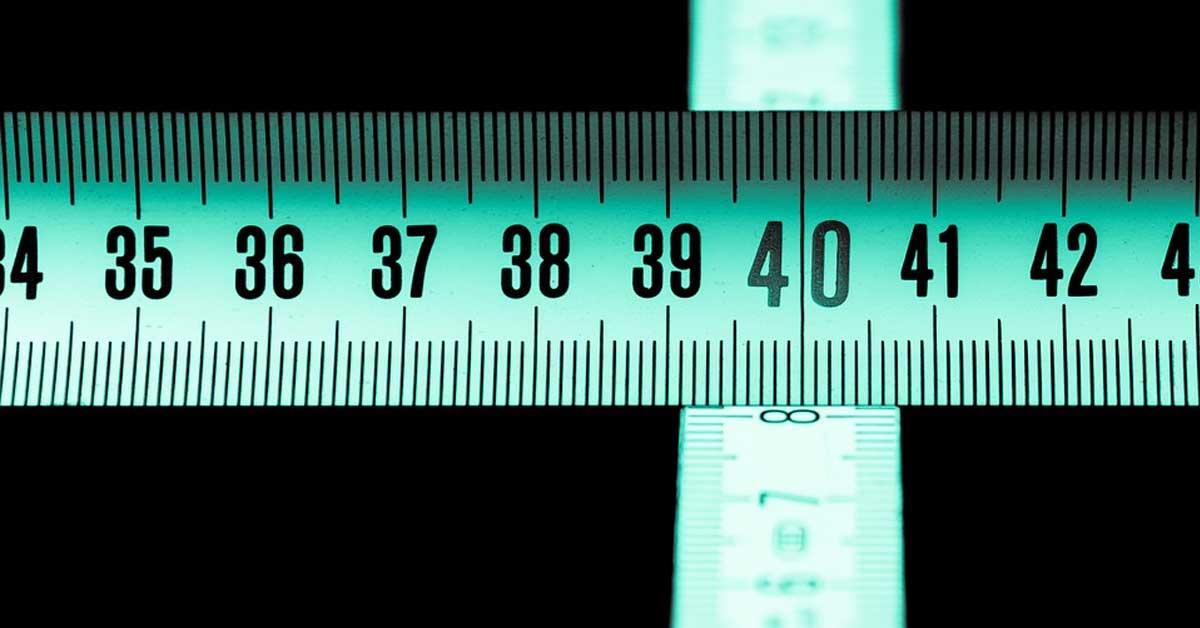
As well as basing your book size decision on how readers will use it, for example
- a large book is ideal for laying out exercises for the reader to complete in a workbook
- a small book that can be hidden in a pocket or bag and discretely referred to also has merit (think 101 ways a shy person can be confident in social situations)
the size you choose also has design, distribution and profit margin implications. How do you know which is the optimal size?
What is trim size?
When printing companies produce your book for you, the initial printed page size is slightly larger than the finished size. The book cover and interior are assembled, then those pages are cut down to their final size. This process of trimming the book edges, is what creates the trim size.
When you have a book printed you’ll have a choice of trim size and page counts for that trim size. All book printers offer a range of print sizes, so you’ll find you are have a free reign to choose your best option. If you have a particular company in mind, check which sizes they offer early on in your book project.
Which sizes are most popular?
The most common trade paperback sizes are 5.5”x8.5” and 6”x9” inches (21.6 x 14cm and 22.9 x 15.2 cm). I find the imperial sizes easier to remember, so I tend to use those. Nonfiction titles tend to suit these sizes. If you need a different size, relax, most print on demand companies that cater for single and small print runs offer a wide selection of sizes, from tiny pocket-sized options to hefty coffee table books.
Some books benefit from being larger – for example text books, manuals and art or photography books. Common dimensions for larger sizes include 7”x10”, 8.5”x11”, and 8.25”x8.25”. (25.4 x 17.8 cm, 20 x 21.6 cm, 20.955 x 20.955 cm)
How to choose the right size for your book
Aim to adjust your page size, margins and font size so you can display 60 characters per line on average. Studies have shown this layout to be quick and easy for booklovers to read.
Deviating from this rule makes your text difficult to read
- if your text is too small and cramped your text appears to be “too busy” and tiring to read
- if your text is too big, the reader has to keep stopping to scan down to start the next line, which is also tiring because they keep losing momentum
AUTHOR TIP: Amazon’s print on demand off-shoot, CreateSpace has a handy online royalty calculator. Have a play with some retail prices, page counts and trim sizes and see how it affects a book’s profitability. Visit createspace.com for more details.
Sometimes your subject matter will determine the right page size
- if you have a lot of large illustrations, or charts or data tables with a lot of detail, you will need a larger paper-size to display these design elements in a reader-friendly way
- if you try and squash tables and diagrams too much to get them onto a page, you will find your tables and charts just won’t fit or become too small and fiddly to read
Trim-size and profit margins
The trim size, font size and margins affects the final page count for your book. You might think the trim size affects your profits more than the page count, but with most print on demand publishers, the page count affects the price the most. By making minor adjustments to your font, layout and trim size, you can raise or lower the page count to bring it in line with your goals.
If you are worried your book will be under a specific limit you have set yourself, for example, 100 pages, and you think it might be perceived as lacking depth because it is too short you have some options. You can reduce your trim size to boost your page count, as well as slightly increase your margins, font-size or face, and line-height to add on a few pages, without writing more content.
Alternatively, by increasing the trim size, and tweaking your font-face and size and line-height you can reduce the page count. This is important because, you can reduce your print cost per copy by reducing the page
count – thereby increasing your profits.
Here is a table showing the royalties for a US Trade (6x9”) book selling for £10 on CreateSpace.
| Page count | Profit | Page count “loss” |
| 175 | £3.54 | 0 |
| 200 | £3.30 | 24p |
| 225 | £3.04 | 50p |
You can see here how the increasing page count lowers your profits. If you want your book to be more profitable, it makes sense to reduce the page count, providing the aesthetic appeal of your book is not undermined for the sake of a few pence.
If you want to discuss your book project with me, send me your contact details and let’s talk.

